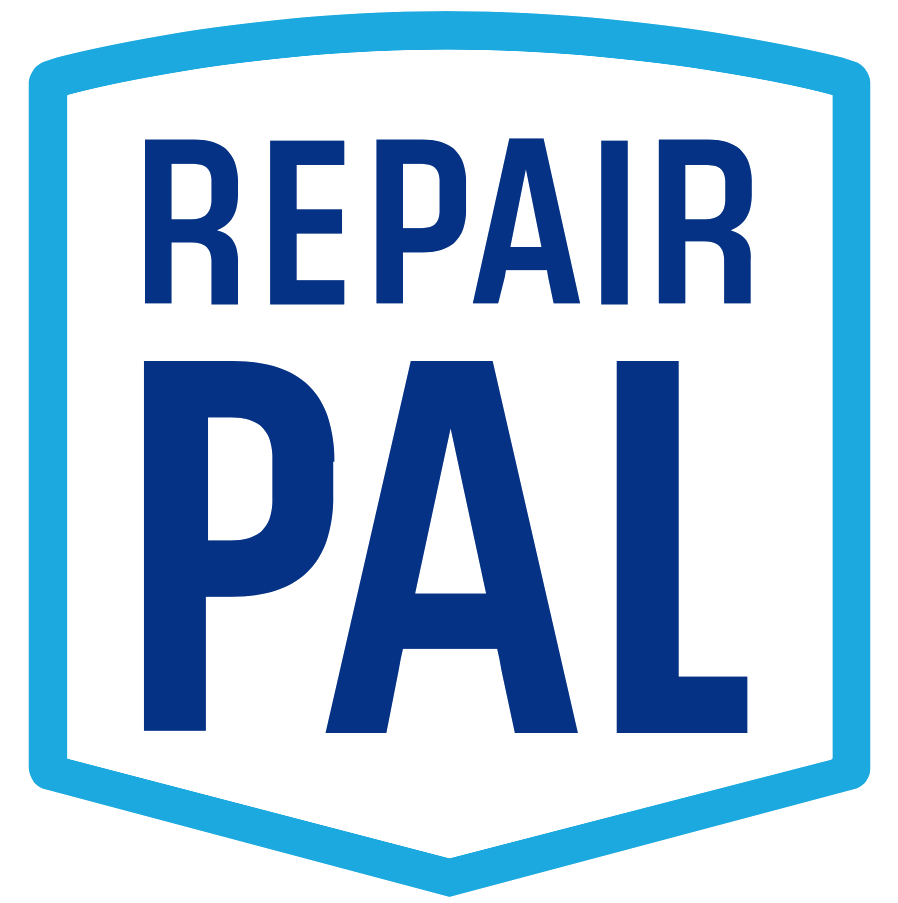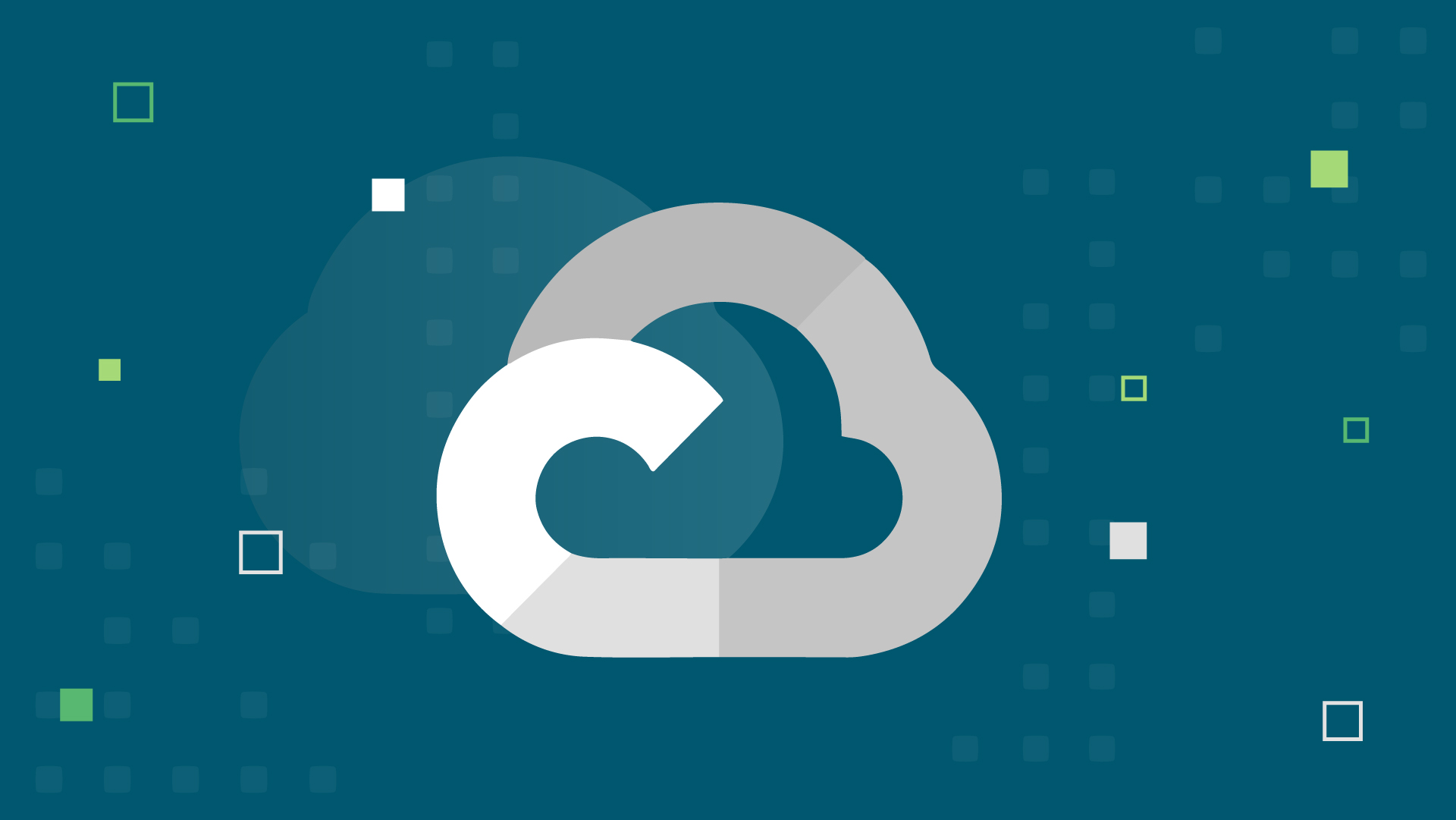Editor’s Note: This post was originally published on August 14, 2019 and has been recently updated to include the latest insights and best practices.
Now that the enterprise cloud market has matured, it’s not uncommon for organizations that have been in it for years to shake up their choice of provider.
There are a number of reasons you might want to switch. Maybe new leadership has a preference for one cloud provider over another, or maybe one of the major cloud players has come forward with a strategic partnership that makes switching platforms too tempting to refuse.
Potential risks of migrating between cloud platforms
Regardless of the motivation, there are a few things to keep in mind if you want to consider making a change in cloud platforms. Namely:
Migrating to a new cloud can be disruptive to your business and your customers
While the major cloud providers have similar tools, each comes with its own learning curve
Moving data from one cloud to another is expensive and time-consuming
None of these challenges are insurmountable, but they definitely need to be understood and addressed before you begin the process of moving your organization to a different cloud provider.

Building a cloud migration strategy
You need a solid plan for the jump, a plan that includes:
- A roadmap to make the final switch from one provider to another as seamless and non-disruptive as possible
- Ensuring your teams are up to speed and comfortable with the differences in tools each provider has
- A solid commitment throughout your organization to actually make the change in providers, including the widespread agreement on the costs in both money and resources to move a massive amount of data
While developing a plan that checks all these boxes can be done internally, for many organizations it makes more financial sense to partner with an outside group like Redapt’s Migration Team to handle the planning, execution, and education required to switch cloud providers without a hitch.
What a cloud migration partner brings to the table
For an example of how a cloud migration partner can make migrating between cloud providers relatively painless, let’s look at our work with car repair estimate company RepairPal.
With an ongoing mission of bringing trust and transparency to auto care, the company’s engineering team wanted to further optimize the RepairPal website for better performance at scale.
![]() Through extensive research, the company determined that in order to achieve this goal they would be best served by migrating from their current cloud provider to Google Cloud Platform (GCP).
Through extensive research, the company determined that in order to achieve this goal they would be best served by migrating from their current cloud provider to Google Cloud Platform (GCP).
Why was GCP the right solution for the company? The driving force behind the decision was the Google Kubernetes Engine (GKE), the most robust —and natively integrated—Kubernetes tool on the market.
Given Redapt’s status as a GCP Premier Partner, we were well-positioned to guide RepairPal’s migration process.
Among the services we provided were:
- A cloud framework assessment to determine the capacity and technology that was best suited for RepairPal’s operations
- Cloud architecture recommendations to help the company get the most out of its new environment in GCP without overspending
- Migration navigation, from copying data to GCP and providing a timeline for final cutover, to actively managing and monitoring that cutover to limit disruptions or downtime
In addition to overseeing the move between cloud platforms, we also provided the RepairPal team with Kubernetes expertise and insight so that the company was fully capable of utilizing GKE after the project was completed.
As a result of our work, the company was not only able to hit the ground running with its expanded Kubernetes capabilities, it made the migration from its previous cloud platform to GCP without interruption to its customer experience.
Just as important was the cost savings RepairPal realized by having its storage in GCP right-sized from the outset, allowing the company to get the most out of its investment and focus its time and resources on leveraging GKE—and meeting the needs of its customers faster than before.
To learn more about making a smooth transition to a cloud platform—whether that transition is from on-premises infrastructure or between cloud providers—check out our free in-depth guide to Adopting and Migrating to the Cloud.
Categories
- Cloud Migration and Adoption
- Enterprise IT and Infrastructure
- Artificial Intelligence and Machine Learning
- Data Management and Analytics
- DevOps and Automation
- Cybersecurity and Compliance
- Application Modernization and Optimization
- Featured
- Managed Services & Cloud Cost Optimization
- News
- Workplace Modernization
- Tech We Like
- AWS
- Social Good News
- Cost Optimization
- Hybrid Cloud Strategy
- NVIDIA
- Application Development
- GPU




